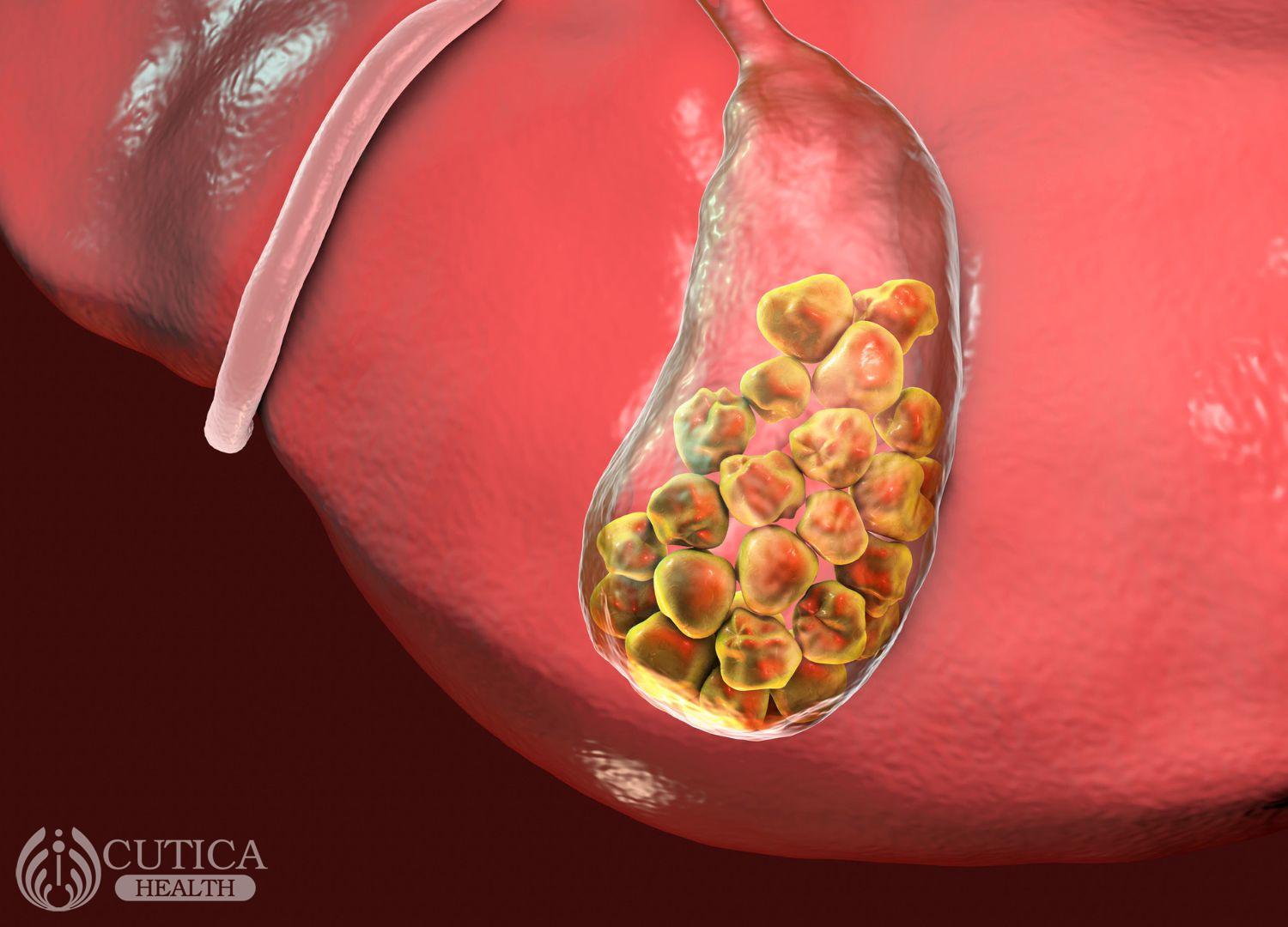As the sun set over the city, Sarah sat down to enjoy a delicious meal with her family. They had just finished their main course when Sarah began feeling uncomfortable pain in her upper abdomen. She assumed it was just a case of indigestion and tried to ignore it. However, the pain worsened, and she soon doubled over in agony.
The next day, Sarah visited her doctor, who immediately diagnosed her with gallstones. Gallstones are small, hardened deposits that form in the gallbladder. They can cause significant pain and discomfort, and if left untreated, they can lead to serious complications. This article will discuss gallstones extensively.
What are Gallstones?
Gallstones are small, hard deposits that form in the gallbladder. The gallbladder is a small, pear-shaped organ on the right side of the abdomen.
Its primary function is to store and release bile, a digestive fluid produced by the liver. Bile helps the body break down fats and absorb fat-soluble vitamins.
Gallstones can vary from as small as a grain of sand to as large as a golf ball. They can comprise cholesterol or bilirubin, a waste product formed when the liver breaks down old red blood cells. Gallstones can develop for several reasons, including:
- Too much cholesterol in the bile
- Too much bilirubin in the bile
- The inability of the gallbladder to empty properly
- Too much bile in the gallbladder
- Inflammation of the gallbladder

Who is at Risk for Gallstones?
Gallstones are more common in women than men and are more likely to occur in people over 60. Other factors that can increase the risk of developing gallstones include:
- Obesity
- Rapid weight loss
- A diet high in fat and cholesterol
- Diabetes
- A family history of gallstones
- Certain medications
- Crohn's disease or other conditions that affect the digestive system
What are the Symptoms of Gallstones?
In many cases, gallstones do not cause symptoms, and people may not even know they have them. However, when symptoms do occur, they can be quite severe. Some of the most common symptoms of gallstones include:
- Sudden and intense pain in the upper abdomen
- Pain in the back between the shoulder blades
- Pain in the right shoulder
- Nausea and vomiting
- Jaundice, a yellowing of the skin and eyes
- Clay-coloured stools
- Dark urine
- Fever and chills
How are Gallstones Diagnosed?
If your doctor suspects you have gallstones, they may order several tests to confirm the diagnosis. These tests may include the following:
- Ultrasound: This test uses sound waves to create an image of your gallbladder.
- CT scan – This test uses X-rays and a computer to create detailed images of your gallbladder and surrounding organs.
- MRI – This test uses a magnetic field and radio waves to create detailed images of your gallbladder and surrounding organs.
- HIDA (hepatobiliary iminodiacetic acid) scan – This test uses a special dye to show how well your gallbladder functions.
How are Gallstones Treated?
Your doctor may recommend a wait-and-see approach if you have gallstones that are not causing symptoms. However, if you are experiencing symptoms, your doctor may recommend one of several treatment options. These may include:
- Medications to dissolve the gallstones
- Surgery to remove the gallbladder
- Endoscopic retrograde cholangiopancreatography (ERCP) to remove the gallstones
Prevention of Gallstones
While there is no guaranteed way to prevent gallstones, there are steps you can take to reduce your risk of developing them. Some of the most effective preventive measures include:
- Maintaining a healthy weight – Obesity is a significant risk factor for gallstones. Losing weight and maintaining a healthy weight can help reduce your risk of developing them.
- Eating a healthy diet – A diet low in fat and cholesterol can help prevent the formation of gallstones. It would help if you also aimed to eat plenty of fibre-rich foods, such as fruits, vegetables, and whole grains.
- Regular exercise can help you maintain a healthy weight and reduce your risk of developing gallstones.
- Avoiding rapid weight loss – Rapid weight loss can increase your risk of developing gallstones. If you need to lose weight, do so gradually.
- Drinking plenty of water – Staying hydrated can help prevent the formation of gallstones.
- Limiting alcohol consumption – Excessive alcohol consumption can increase your risk of developing gallstones.

Conclusion
Gallstones are a common and often painful condition that can lead to serious complications if left untreated. If you are experiencing symptoms of gallstones, it is important to seek medical attention immediately.
Your doctor can help diagnose your condition and recommend the best treatment options. By taking steps to maintain a healthy weight, eat a healthy diet, and exercise regularly, you can reduce your risk of developing gallstones and other digestive conditions.
Remember, prevention is always better than cure, and taking care of your health should always be a top priority.


